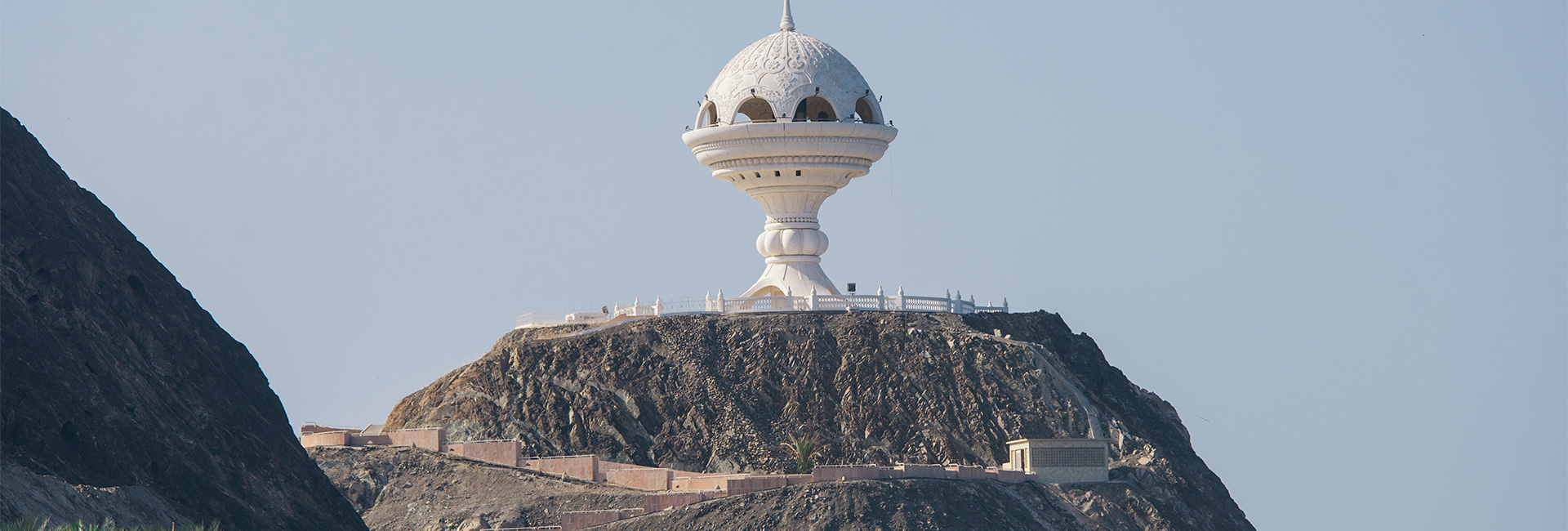2018 showed a robust growth among the Islamic banks. It began with the promulgation of the Real Estate Investment Fund (REIF) law which enables the units issued by the REIF to be Shariah-based. According to Central Bank of Oman (CBO) reports, the conventional loans that were replaced with Islamic financing are in the region of 14% to 16% as against an average of 20% in the GCC countries. The achievement is amidst the fall and rise of the oil prices and increasing cost of funding in the banking sector.
Some Islamic banks are continuing to suffer from the high cost of funding, leading to huge tax losses or deferred tax assets. Also, greater liquidity in Islamic banks is continuing to pose a problem. Central banks rely on short-term credit instruments such as certificates of deposits, treasury bills and development bonds apart from the reserve requirements to combat and inject liquidity into the banking sector. The Islamic banking sector is no different and needs such efficient products that serve as a destination of surplus funds. However, at present, there does not seem to be many options available for Islamic banks in Oman. In other parts of the world, there are products such as Islamic credit cards, Salam (forward financing transaction), sale and leaseback structures, and advances against trade receivables.
Review of 2018
Doubtlessly, the growth trend of Islamic banking in Oman was promising. The Islamic banks provided financing to the extent of OMR3.4 billion (US$8.8 billion) as of the end of August 2018, recording an increase of 17.2% over that a year ago. The total deposits held with Islamic banks and windows also registered a significant increase to OMR3.1 billion (US$8.1 billion) in August 2018 from OMR2.8 billion (US$7.28 billion) as of the end of August 2017. The total assets of Islamic banks and windows combined amounted to OMR4.2 billion (US$10.92 billion) as of the end of August 2018 increasing their share to 12.7% of the banking system assets.
The year saw the launch of an Islamic liquidity management project which aims to develop effective tools and solutions for the liquidity management of the Islamic banks; the solutions are said to be developed to work within the Islamic Banking Regulatory Framework (IBRF) of the Sultanate.
Following the announcement of merger talks between Oman Arab Bank and Alizz Islamic Bank in early 2018 which if completed would create an entity with total assets of OMR2.63 billion (US$6.8 billion), the National Bank of Oman (NBO) and Bank Dhofar announced a potential merger which would create an entity four times the size of the two banks.
In 2018, Islamic housing finance based on Ijarah or diminishing Musharakah was popular among customers. Earlier, many industrial (asset-based) loans in Oman were advanced under diminishing Musharakah contracts with banks’ representatives being part of the board of directors of the borrower companies.
In the wake of introducing Shariah compliant short-term financing products, Muzn, the Islamic banking window of the NBO established in 2013 launched Muzn Education Finance to assist aspiring individuals in their educational goals. Muzn Education Finance is based on the Islamic principle of Service Ijarah. Also, Bank Nizwa
that opened its 13th fully-fledged branch in 2018 signed an MoU with 4Home, the premium home furniture retailer that enables 4Home customers to purchase from 4Home under a Shariah compliant financing scheme.
Meethaq launched a mobile banking application which allows users to log in in a safe and convenient manner by using their fingerprint and face ID and the application has been made compatible with thenewer generation of smartphones.
Preview of 2019
Oman’s Duqm refinery as reported by the company availed a US$4.61 billion loan facility and a total of 29 Islamic financial institutions from 13 countries are to cover 56% of the costs of the project under guarantees from three international trade credit agencies. News reports reveal Islamic banks extended up to US$890 million of the initial tranche. The country has also planned for many renewable energy independent power producer projects, and studies are underway. When the projects are announced, the developers may turn to the market to fund the projects. The green energy projects are a typical form of Shariah compliant ventures and to fund such projects would be ideal for Islamic banks and institutions. The region has seen some green Sukuk issues and it may be a trend for Oman in 2019 or in the near future. The value-added tax is likely to be introduced in the later part of the year and may have some impact on the economy; however, an input credit mechanism should help the new tax settle.
Conclusion
The positive developments of 2018 gives hope for 2019 when Oman’s economy is expected to accelerate in growth. There is an increased supply of real estate properties and that would likely bring
more investors and players into the market. The country has opened its doors to foreign direct investments in many sectors including real estate and energy, especially renewables. With more opportunities for new projects, there will be more need for financing choices and that can be a great advantage to Islamic banks and institutions. Adapting to the trend is the key.

